Ever stood on a stage, mic in hand, singing your heart out with a question dancing in your mind, \”Is a microphone an input or an output device?\
Mic for Vocals
Shure SM58 Dynamic Cardioid Vocal Microphone
Best For inputs and outputs
-
Overall: 9/10 -
Best Feature: Class-leading microphone. -
TedScore™: 9/10
Best
Microphone
for Recording Vocals
Shure MV7 USB/XLR Microphone
Best For inputs and outputs
-
Overall: 9/10 -
Best Feature: Lock mode prevents accidental changes. -
TedScore™: 9/10
Click for Best Price
Winner
Best Microphone
for Live Singing
Shure SM57 Dynamic Instrument Microphone
Nearly indestructible build quality ensures a long lifespan.
-
Overall: 9/10 -
Best Feature: Quality build and materials -
TedScore™: 9/10
Have you ever been on stage, microphone in hand, belting out your favorite song, and wondered, “Is a microphone an input or output device?”
It’s a question not just for tech experts or karaoke superstars—it’s for anyone who’s ever tapped a mic and politely asked, “Is this thing on?“
A microphone is a real workhorse that captures our voices and instruments to tell their stories.
From my experience as a singer, I’ve seen firsthand that without mics, there’d be no cheers, no tears, and a lot less rock ‘n’ roll.
I’ve spent countless gigs adjusting my microphone to ensure every emotional word is caught perfectly.
As I take you through the ins and outs of this audio riddle, you’ll discover just how a microphone takes your pitch-perfect notes and sends them to be amplified for all to hear.
Keep reading; I promise you’ll be captivated by what you discover. Never underestimate the power of a good microphone check.
Table of Contents
Understanding Microphones as an Input Device
In the realm of audio devices, a microphone stands as an important input device. Their main gig is to catch sound waves, much like a sea shell holds the echo of the ocean. A microphone takes on the persona of a transducer, dutifully transforming these sound waves into an electrical signal.
The heart of a microphone is its diaphragm, which moves when sound waves hit it, just like a drum skin vibrates when struck.
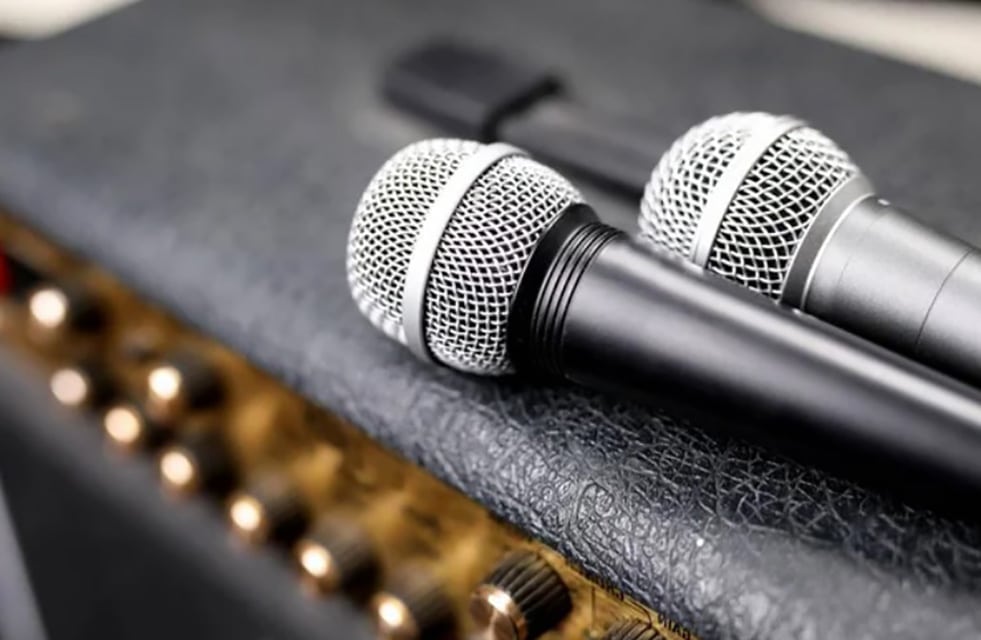
This analog audio signal that the microphone outputs is ripe for conversion. It’s eager to become something a computer or phone can understand.
Now, when it comes to input devices, they’re like the friendly neighbors passing over the garden produce; in this case, microphones hand over audio signals to our tech.
And, behold, the transformation – an analog-to-digital conversion process – turns this analog signal into digital audio data fit for a digital realm.
You see, a microphone doesn’t work in isolation; it’s a part of a more extensive system. It needs a device like a computer to make sense of its offerings.
And aren’t we lucky that microphones and computers get along famously?
Input devices, like our humble microphones, play a vital role in communication and technology, making them indispensable to our daily lives.
Types and Functions of Microphones
In my journey through the land of sound and recording, I’ve come to love how microphones make the magic happen.
They’re the first step in capturing our voices and sounds, turning air pressure into electric signals that hardware can understand.
Dynamic Microphones
Dynamic mics are the rugged pals in the microphone family.
They are the trusty tools for live performances. They have a magnet and coil dancing together, which is excellent for handling loud noises without distorting them.
Plus, they don’t need any external power to kickstart the party.
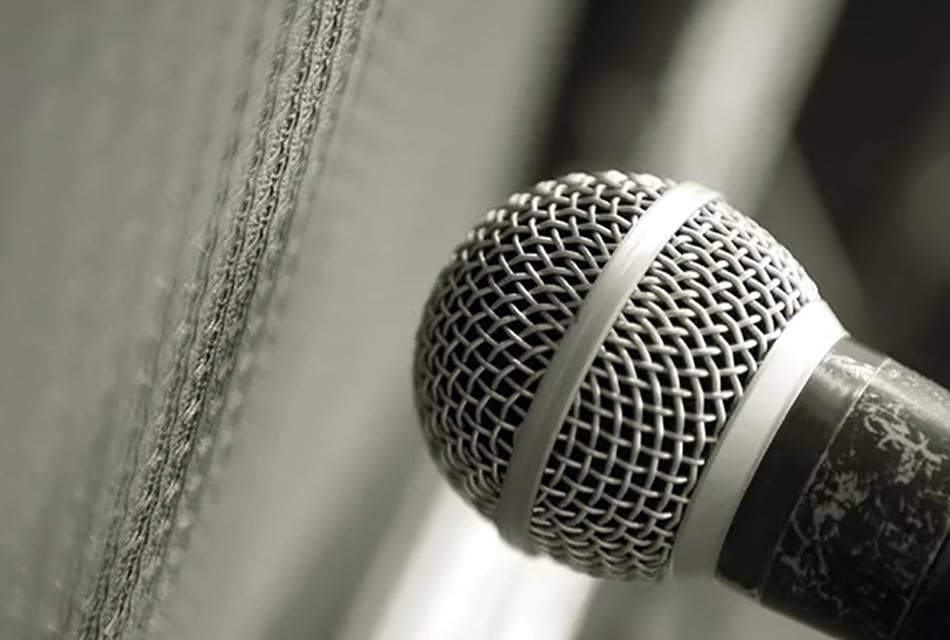
Condenser Microphones
I like to call condenser microphones the sensitive souls of the studio.
Their diaphragms are so responsive that
They practically flirt with the faintest sounds.
Since they need phantom power,
I make sure they’re hooked up with enough juice, and boy,
They deliver crisp, detailed audio in return.
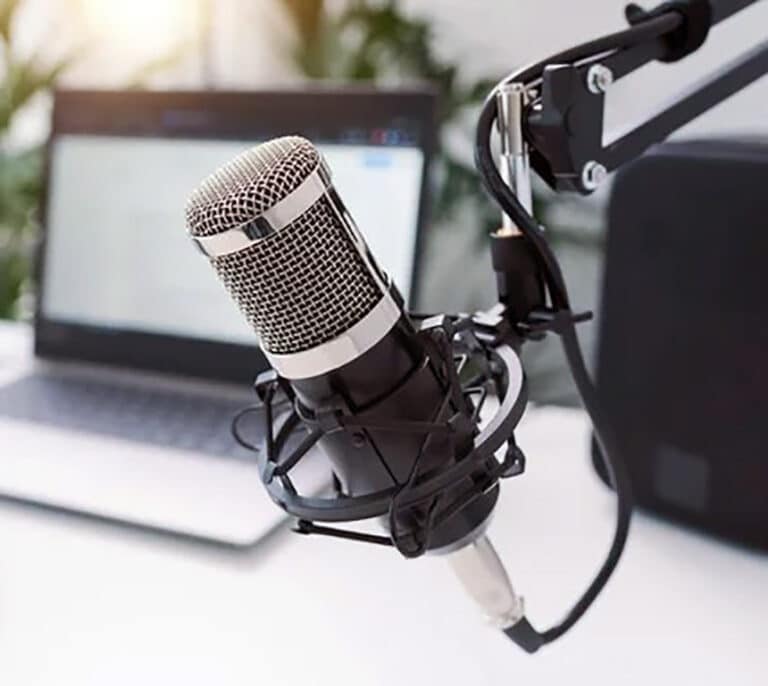
USB Microphones
USB microphones are a breath of fresh air for us non-techy folks.
I plug them into my computer, and voilà, recording starts with no fuss.
Their digital microphones have made
The whole plug-and-play dream a brilliant reality.
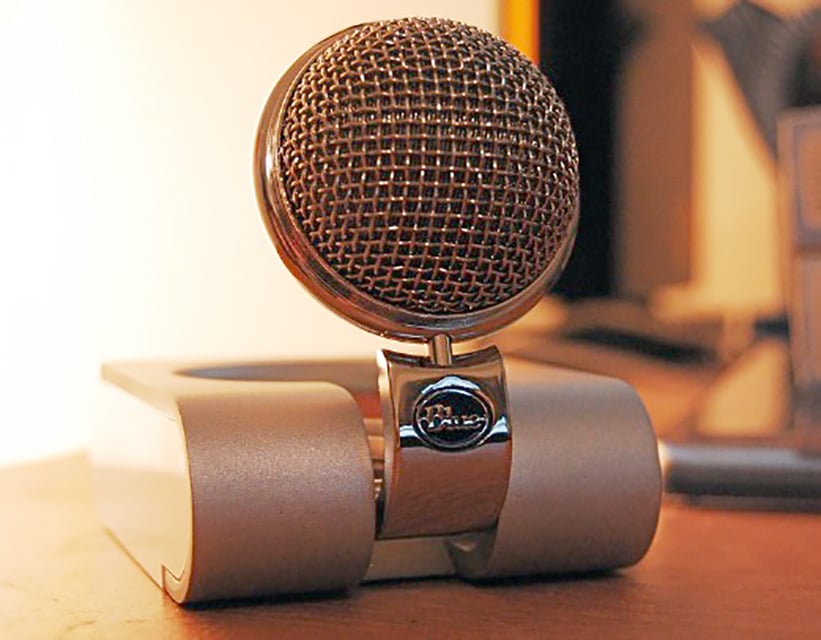
Ribbon Microphones
Ribbon mics have a certain old-school charm that I find irresistible.
They’ve got this delicate ribbon inside that vibrates with the subtlety of frequencies.
They remind me of bygone days, yet still hold their own
With a warm, natural sound that’s simply timeless.
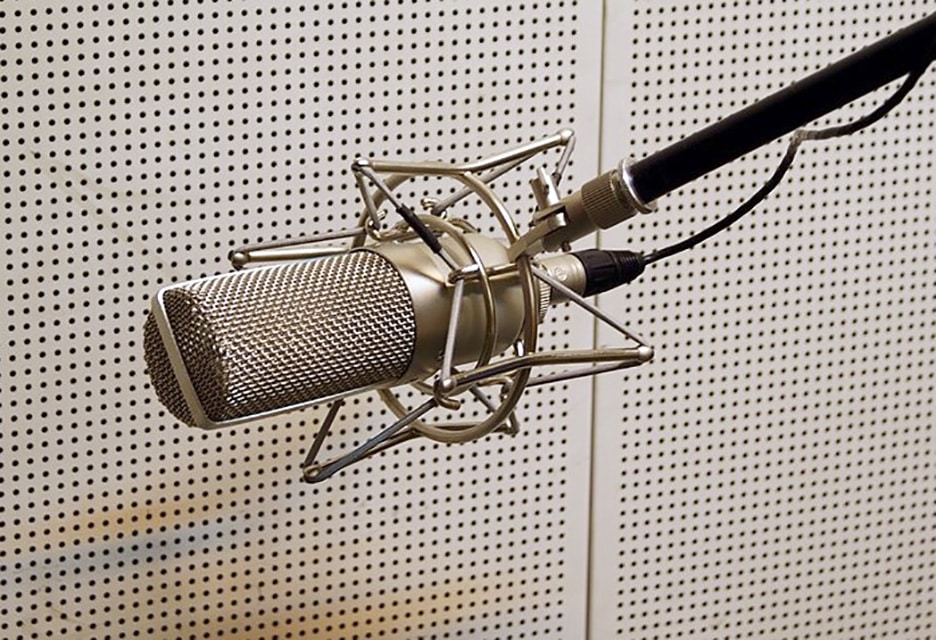
Other Specialized Microphones
Now, when I venture into the niche realms, I bump into shotgun, lavalier, and contact mics.
They each have a particular skill. Shotgun mics zero in on sound like a laser, while lavalier mics are the undercover agents clipped secretly onto talents.
And contact mics? They feel the vibrations on surfaces, giving voice to the unvoiced: each unique with a story to tell.
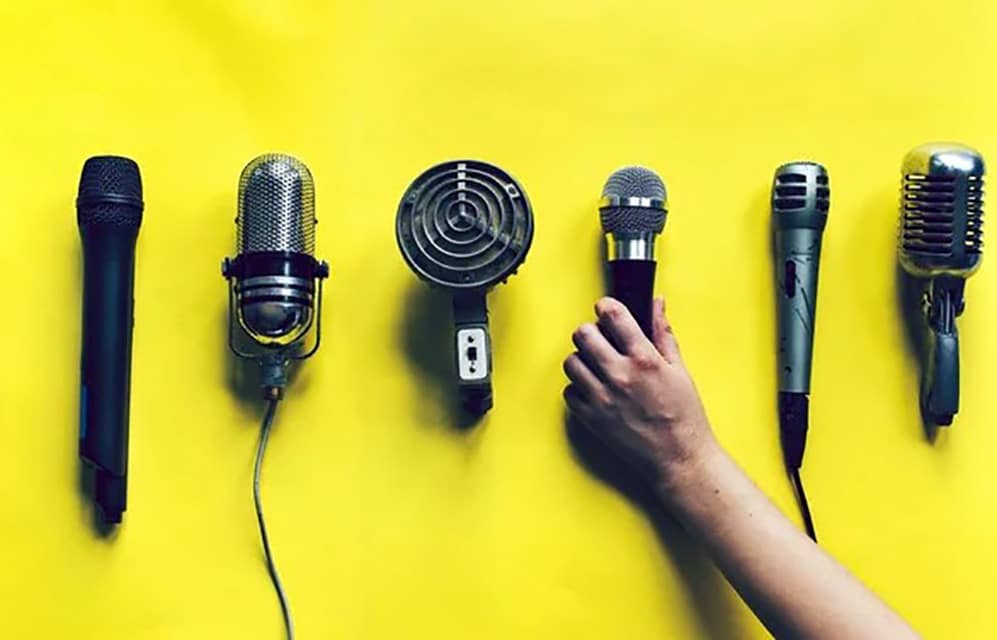
Microphones and Other Devices
In my journey through the land of sound and recording, I’ve come to love how microphones make the magic happen.
They’re the first step in capturing our voices and sounds, turning air pressure into electric signals that hardware can understand.
Input and Output Devices Comparison
Microphones make any sound into electrical signals. These signals are the lifeblood of audio communication, supplying data in a form that computers and other systems can comprehend.
On the flip side, we’ve got output devices like speakers and headphones. They’re the grand finale of our audio escapade, turning data back into actual sounds I can jam to.
The sound card or audio interface in a system—like the Shure SM58, for instance—is often where these inputs and outputs shake hands.

Shure SM58 Dynamic Cardioid Vocal Microphone
Best For inputs and outputs
PERFECT FOR:Lead singers and Public speakers
FEATURES: All-metal construction and extreme durability.
Check Price >
9/10
Shure SM58 Dynamic Cardioid Vocal Microphone
PROS
-
Class-leading microphone. -
Durable construction.
CONS
-
There is no on/off switch feature.
When you click ‘Check Price’, you’ll see there are loads of great places to buy this item. Our personal favorite is Sweetwater for the US, and Thomann and Gear4Music for the UK & Europe.
They are the largest music retailers, with excellent customer service, competitive prices, really fast shipping, and the longest guarantees.
The TedScore™: 9/10
The TedScore™ is our unique system of scoring products.
The professional musician who wrote this article combined many things,
from the product build, manufacturer’s reputation through to feedback
from other users, to create our famous TedScore™.
Connecting Microphones to Other Hardware
Now, let’s talk about hooking up mics to other hardware.
A microphone’s output connection or XLR cable is the traditional choice for connecting to an electrical audio signal, like some matchmaking for sound, which allows me to record pristine analog audio signals.
However, if you’re feeling modern, a USB microphone might be your cup of tea. It’s fuss-free; plug it directly into a computer or phone with a USB port, and you’re ready to capture crystal-clear audio—no go-between required.
Shure MV7 USB/XLR Microphone
Best For Vocal recordings
PERFECT FOR:Podcasters and Vocal recordings
FEATURES: USB and XLR connectivity for Mac, PC,
select mobile devices, and studio equipment.
-Voice isolation technology reduces background noise.
-Built-in shock mount for rumble-free recordings.
Check Price >
9/10
Shure MV7 USB/XLR Microphone
PROS
-
Lock mode prevents accidental changes. -
Compatible with mic stands or studio arms.
CONS
-
Relatively higher price point compared to other USB microphones on the market.
When you click ‘Check Price’, you’ll see there are loads of great places to buy this item. Our personal favorite is Sweetwater for the US, and Thomann and Gear4Music for the UK & Europe.
They are the largest music retailers, with excellent customer service, competitive prices, really fast shipping, and the longest guarantees.
The TedScore™: 9/10
The TedScore™ is our unique system of scoring products.
The professional musician who wrote this article combined many things,
from the product build, manufacturer’s reputation through to feedback
from other users, to create our famous TedScore™.
Adapting to Digital Interfaces
We’re in the digital age, and digital mics are the bell of the ball.
They play nice with digital interfaces and can skip any analog-to-digital conversion malarkey since they handle it onboard.
A Shure X2U, for example, is an adapter-style interface that joyfully turns any adapter style audio interfaces or old mic, like the Shure SM57, into a USB mic ready for the digital playground.
Shure SM57 Dynamic Instrument Microphone
Best For analog-to-digital conversion
PERFECT FOR:Live stage performances
FEATURES: Designed to reject background noise with a cardioid polar pattern.
Check Price >
8/10
Shure SM57 Dynamic Instrument Microphone
PROS
-
Nearly indestructible build quality ensures a long lifespan.
CONS
-
It may only suit some recording or sound reinforcement applications.
When you click ‘Check Price’, you’ll see there are loads of great places to buy this item. Our personal favorite is Sweetwater for the US, and Thomann and Gear4Music for the UK & Europe.
They are the largest music retailers, with excellent customer service, competitive prices, really fast shipping, and the longest guarantees.
The TedScore™: 8/10
The TedScore™ is our unique system of scoring products.
The professional musician who wrote this article combined many things,
from the product build, manufacturer’s reputation through to feedback
from other users, to create our famous TedScore™.
USB, Firewire, Thunderbolt—these are the magic portals for conveying my stunning vocals via digital mics to my eager audience.
No matter the choice, these interfaces ensure that my lyrical tales are captured with clarity before they reach your ears through speakers or headphones.
And let’s not forget, for those who pine for old-school vibes, headphone amps come to the rescue, driving the sound with enough oomph to make my headphones sing.
Behringer MA400 Monitor Headphone Amplifier
Best For stunning vocals
PERFECT FOR:Audiophiles and Professionals
FEATURES: Ultra-compact monitor headphone amplifier ideal for studio & stage applications.
Check Price >
8/10
Behringer MA400 Monitor Headphone Amplifier
PROS
-
Affordable price point. -
Lightweight, compact size.
CONS
-
Its plastic build might offer a different durability than metal alternatives.
When you click ‘Check Price’, you’ll see there are loads of great places to buy this item. Our personal favorite is Sweetwater for the US, and Thomann and Gear4Music for the UK & Europe.
They are the largest music retailers, with excellent customer service, competitive prices, really fast shipping, and the longest guarantees.
The TedScore™: 8/10
The TedScore™ is our unique system of scoring products.
The professional musician who wrote this article combined many things,
from the product build, manufacturer’s reputation through to feedback
from other users, to create our famous TedScore™.
Is a Microphone an input or output device
Microphone Function
In the bustling world of audio, I’ve always seen mics as the diligent messengers of sound.
Microphones are input devices, pure and simple. It’s fascinating how these devices allow for profound monologues and booming concerts.
Microphones don’t produce sound; they’re the vessel through which sound travels to other equipment.
Thus, they are vital, from live performance to digital recording.
Here’s a nifty breakdown of their role:
-
Input Delight: Mics grab our audio input and send it off to be recorded or amplified.
-
One-way Street: They don’t play back sound; that’s a job for speakers and headphones.
As a singer, my microphone is my trusty sidekick.
Without it, my voice is merely a ripple in the air, but with it, a torrent that can stir hearts.
Consider this a hearty recommendation: find a microphone that makes you feel heard and keeps your audio crystal clear.
Wait! Before you go…
Explore top microphone options for singing success.
FAQ’s
Is a microphone an output or input?
A microphone is an input device, as it receives sound and converts it into an output electrical audio signals.
How do you know if a device is an input or output device?
You can determine if a device is an input or output device based on its function: audio input device receive data or signals, while audio output devices provide data or signals. For example, a keyboard is an input device as it sends data to a computer, while a monitor is an output device as it displays data from a computer.
What are 5 output devices?
Five examples of output devices include:
-
Monitor
-
Printer
-
Speaker
-
Plotter
-
Projector
Which device is both input and output?
A common example of a device that serves as both an input and output device is a touchscreen. It can receive input from the user through touch and also display output.





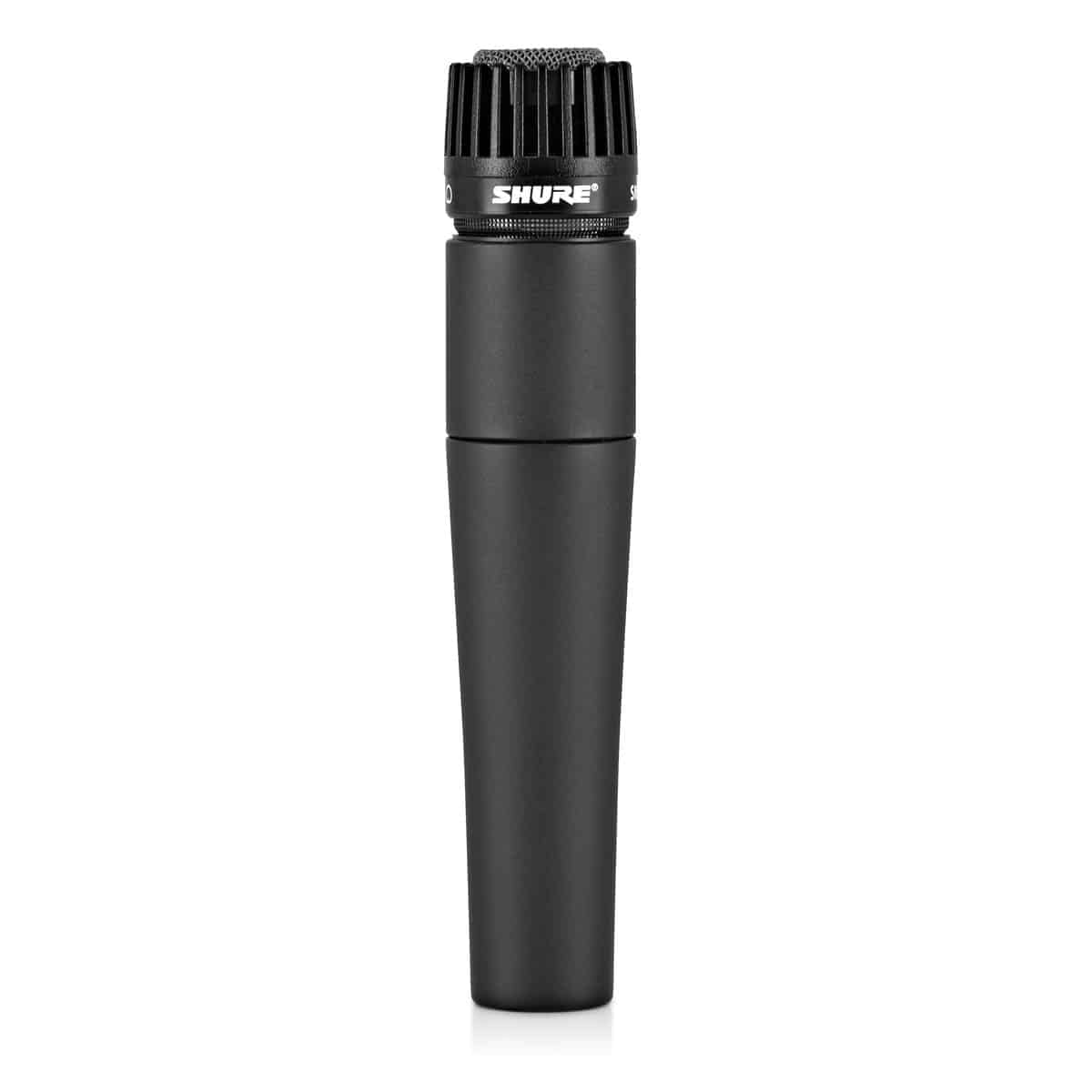
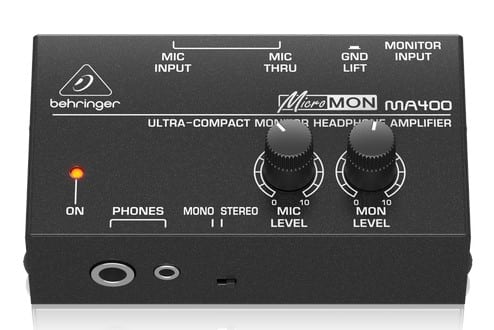








This article helped me understand my project better, thanks!
While I appreciate the in-depth look at various microphone types, I have to argue that the emphasis on ribbon mics might mislead new audio enthusiasts. Their fragility and price point make them a niche choice. For practicality, wouldn’t dynamic and condenser mics serve the average user better? Interested in your take,
Hugh Richardson.
Thanks for clarifying, always thought ribbon mics were overhyped.
JJsCoolStuff, you got a point, but don’t dismiss ribbon mics entirely. They have unmatched warmth and detail for some applications. It’s all about using the right tool for the job.
dynamic mics are rock solid, survived my cat knocking it over more than once lol.
Hey, loved diving into the different types of mics you covered, Hugh Richardson. As someone who’s just getting into home recording, I’m curious about condenser mics for vocals. How do they stack up against USB mics in terms of quality and ease of use for beginners? Also, any tips on managing sound levels would be awesome!